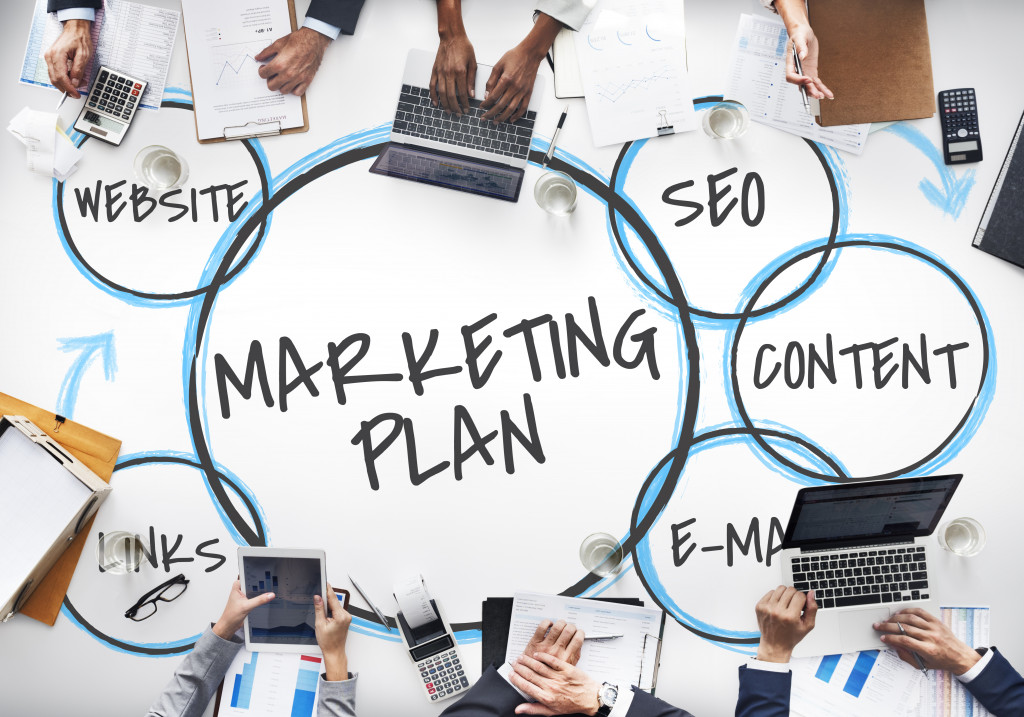It isn’t easy to be a successful company today. The pillars of your business—your finances, customers, suppliers, brick-and-mortar store—are all under fire from the repercussions of COVID-19. Admittedly, the past months had been emotionally draining for any business owner, with some of them giving up the venture to save their remaining funds. But it doesn’t mean you can’t pick up the pieces now and rebuild your business. You just have to do things a little differently.
Why Traditional Methods Are Not Optimal
Let’s take marketing, for example. Traditionally, your business might resort to advertisements and conventional public relations (PR) to promote your brand and products. What does this entail? Traditional advertising involves media placements on radio networks, newspapers, broadcast and cable TV, and billboards. Traditional PR involves communicating with media outfits, organizing press events, distributing press releases, doing crisis PR, and reputation management campaigns.
Cost is a primary hurdle in traditional advertising. According to an article published on the site of Fast Capital 360, a small business lender, newspaper ads in the U.S. can cost $245,451 for a full-page Sunday ad on the business section of The New York Times or as much as $354,823 for a full-page color ad on The Wall Street Journal. Even the regional edition of a major national daily publishes advertisements for as much as $27,300.
Billboards aren’t cost-effective either unless they’re on major thoroughfares. Limited travel lessens the volume of people on the streets, lowering the reach of outdoor ads. It wouldn’t be smart to invest in something that expensive without assurance of 100% visibility to your target market.
As for traditional PR, regular activities involve gatherings and face-to-face interaction, which are not advisable during the pandemic. Press conferences and media events raise the risk of passing on the virus or getting infected.
What’s the Alternative?
 Non-traditional advertising and PR—mostly digital and unconventional techniques—have been around for some time, but most businesses had been holding back from it. Now, with the economic impact of the pandemic, companies are more open to low-cost, high-impact strategies to put their brand out there. Below are some cost-efficient ways you can promote your brand, products, services, and advocacies.
Non-traditional advertising and PR—mostly digital and unconventional techniques—have been around for some time, but most businesses had been holding back from it. Now, with the economic impact of the pandemic, companies are more open to low-cost, high-impact strategies to put their brand out there. Below are some cost-efficient ways you can promote your brand, products, services, and advocacies.
- Mobile Advertising – Any form of advertising done on mobile devices, such as smartphones and tablets. It can be in the form of text or SMS messages, mobile website banner ads, or embedded on downloadable apps and games.
- Vehicle Wrap Advertising – This is essentially a billboard on wheels, which uses vinyl decals partially or completely added onto the painted surfaces of vehicles to advertise a brand or product.
- Social Media PR – It’s a form of PR done through social media services instead of traditional channels. It’s different from trad PR in five ways: interacts with media and influencers through social media, distributes digital content, factors in social sharing of press releases, uses campaign hashtags, and performs crisis PR in real-time.
- Banner Ads – Websites and search engines are big canvasses on which you can place your ads. Online ads are part of the internet, so anyone who uses Google and other search engines will never miss banner ads and more.
- YouTube Videos – YouTube is the second most popular search site, with two billion logged-in users every month. Advertising on this platform can give you a wide reach, especially if your ads or videos are engaging. Select from skippable, non-skippable, in-display, or non-video ads.
- Guerilla Marketing – A form of unique, low-cost advertising that makes a significant impact on the viewer. The method depends heavily on imagination and the element of surprise, often hitting the consumer on a personal and emotional level. It results in excitement, curiosity, laughter, or just plain surprise, like this airport gimmick.
- Buzz Marketing – Also called astroturfing, buzz marketing is a type of viral marketing technique that aims to stimulate conversations about a product or brand, whether in person or on social media circles. Companies usually get early product adopters and influencers to start an online buzz. They share their experiences on social networks to get people to talk about the product and make others aware of it.
Unprecedented times call for unique responses. If you haven’t tried any of these non-traditional marketing methods, it’s time to jump in and gain better returns. The best thing about them is they’re relatively inexpensive. So, if your business is just regaining momentum, one or two of these will help you pick up speed on your brand marketing.

